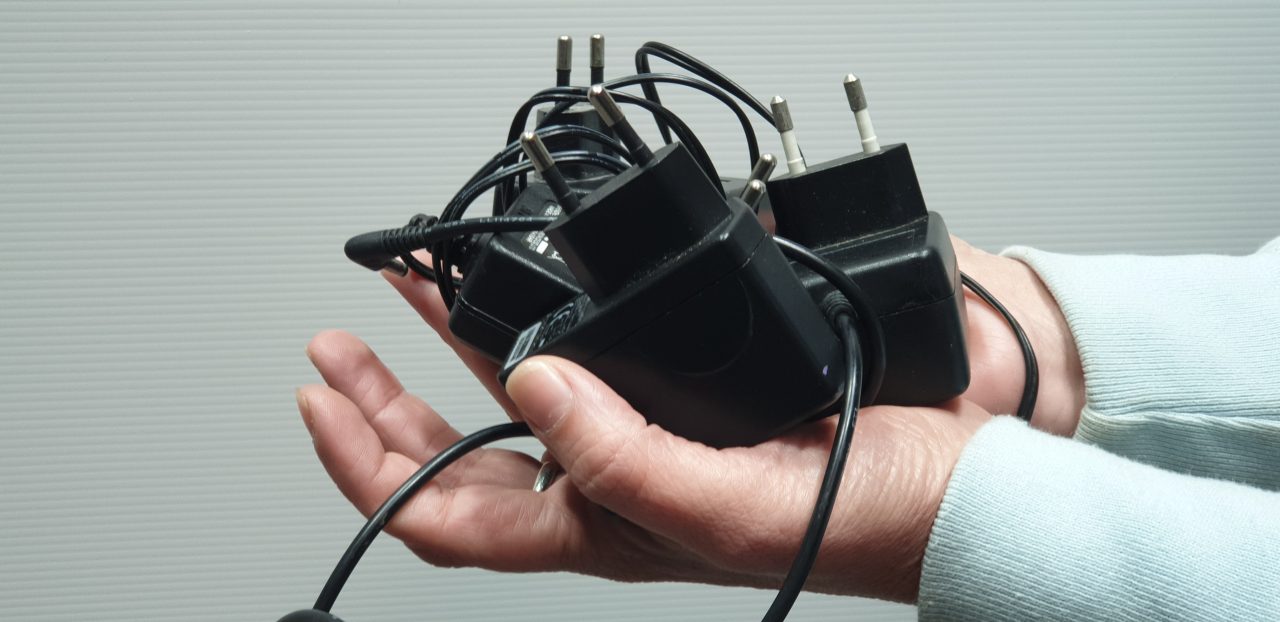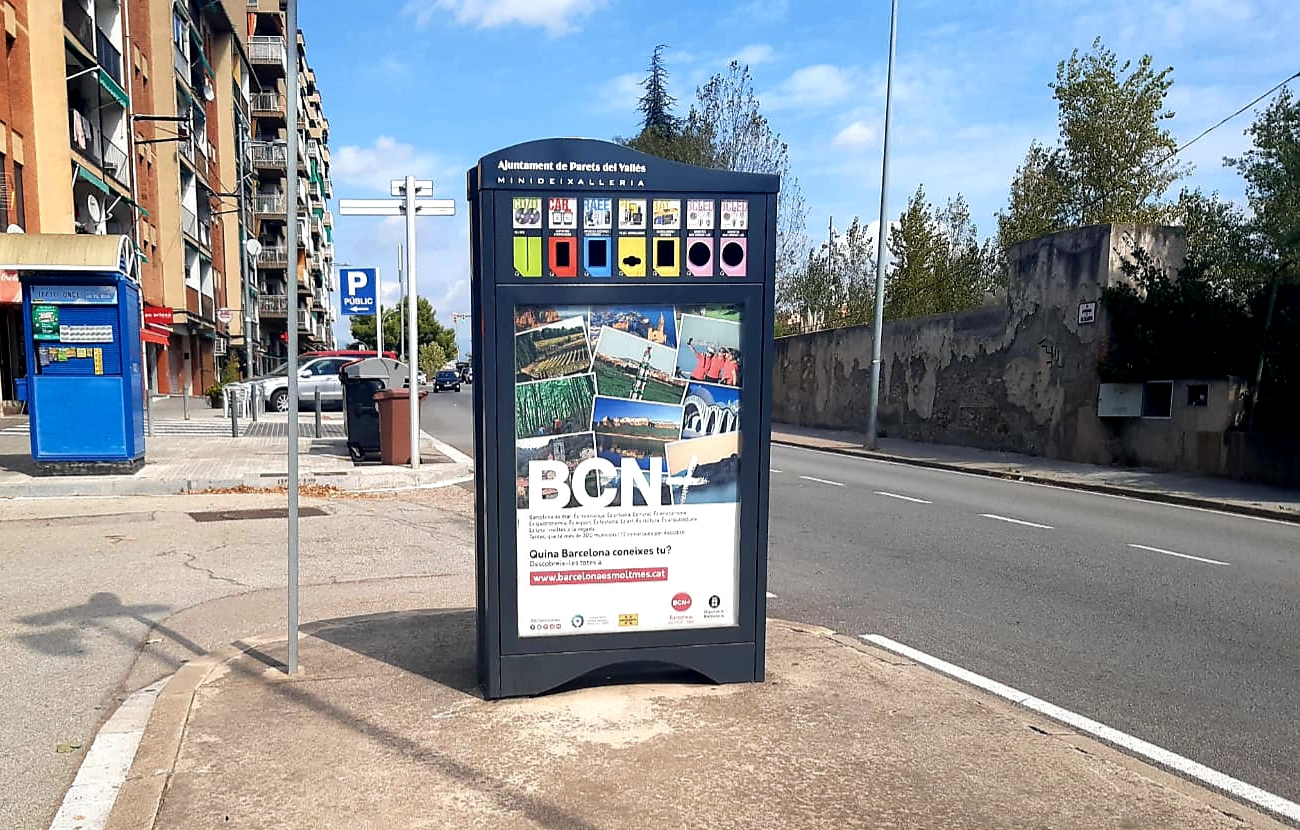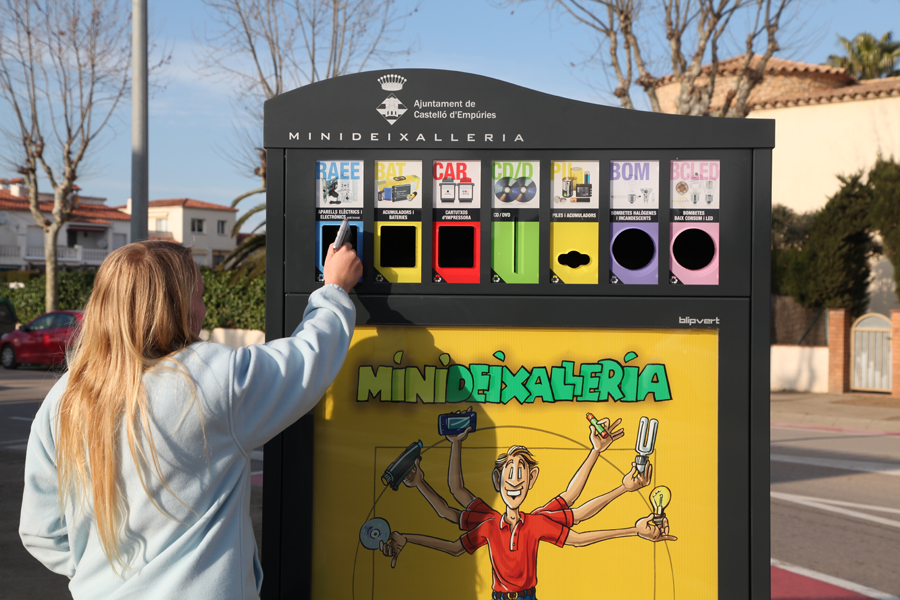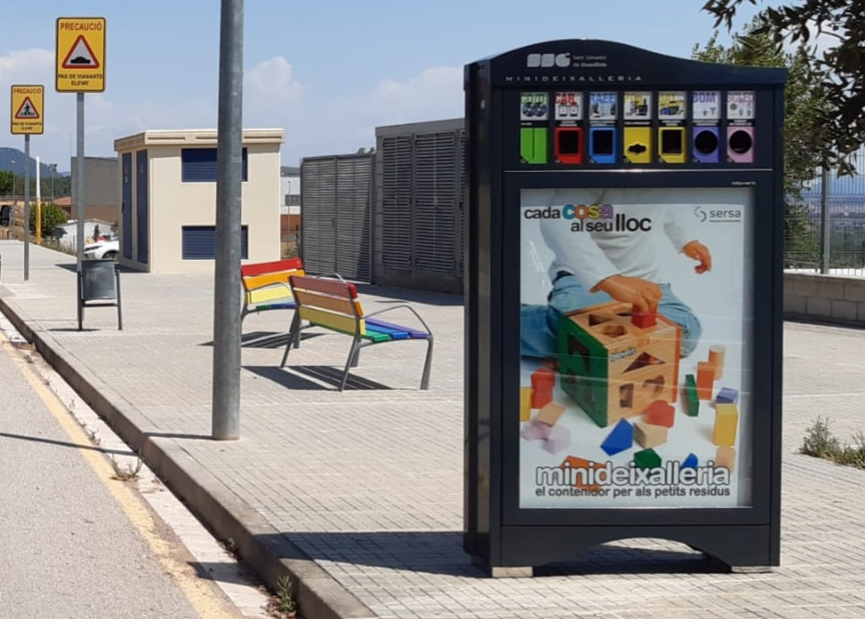Where are the mobile phone chargers “thrown”?

There are billions of mobile phone chargers sold each year in the world. For this reason, given that they are made with some 100% recyclable materials, it is extremely important that we know what to do with them and where to dispose of the mobile chargers when their useful life ends.
According to data from the International Monetary Fund, each year between 1,400 and 1,500 million mobile phones are sold in the world.
In Spain, it is estimated that there are about 70 million active mobile phones and, on average, the duration of a mobile, that is, the time it takes the buyer to change it for another mobile, is from one and a half to two years, although less than 40% of users renew their terminal in less than 12 months.
But with the newly purchased mobile, in the same box, we also receive a charger and the cable that, connected to the electrical network, allows us to charge the phone with energy.
Thus, in addition to the 1,500 million mobile phones, at least 1,500 million chargers are also consumed and, therefore, the huge amounts of the materials with which they have been manufactured.
The charger and cables have plastics and metals:
They are usually made of copper, although there are also aluminum or other metals or alloys.
The insulations of electrical cables are usually made of different types of plastic, such as PVC, neoprene, polyethylene, polychloroprene, etc.
These plastics which act as a protection and insulation layer, although they are recyclable, are too valuable to us, but here comes the good thing: the copper and aluminum used in the manufacture of the chargers, in addition to being 100% recyclable, are very valuable (you can check prices in real time on the London Metal Exchange).
Contents of the article
HOW TO EXTEND THE SERVICE LIFE OF YOUR CHARGERS
If you have already purchased a new charger, think about how you can extend its useful life by taking care of it so that it does not stop working too soon.
How?
Avoid exposing it to high temperatures and do not leave it in the sun.
Do not forget it in the bathroom or in humid places.
If you’re not using it, don’t leave it plugged in (and wasting power unnecessarily).
To unplug it, do not pull on the cord.
THE RIGHT PLACE TO DEPOSIT CHARGERS
But once we have decided to change the mobile (and charger) we need to know that we must not forget the old charger in a drawer, or throw it into the waste container, or deposit it in the yellow container, the one for plastic containers, cans and cartons.
The charger, with its cable, must be taken to the nearest clean point in our municipality, from where it will be taken to the recycling plant.
Does your municipality have Blipvert’s Urban Recycle Stations?

Before storing waste at home or making a trip to the clean point of your municipality, find out if Blipvert’s Urban Recycle Stations are installed in your municipality.
Blipvert’s Minis are urban containers for selective collection of small waste, which allow recycling up to seven different waste in seven separate tanks and, at the same time, serve as an elegant outdoor communication support.
If your municipality has a proximity urban recycle station, it is very likely that near your home or your workplace, in a street or square with frequent and easily accessible pedestrian crossing, you can deposit easily and comfortably from a CD or a DVD to a battery, a light bulb, a printer cartridge or a mobile phone charger.
And most importantly: Blipvert’s Minis “stay always open”:
24 hours / 7 days a week at your disposal for convenient recycling.




